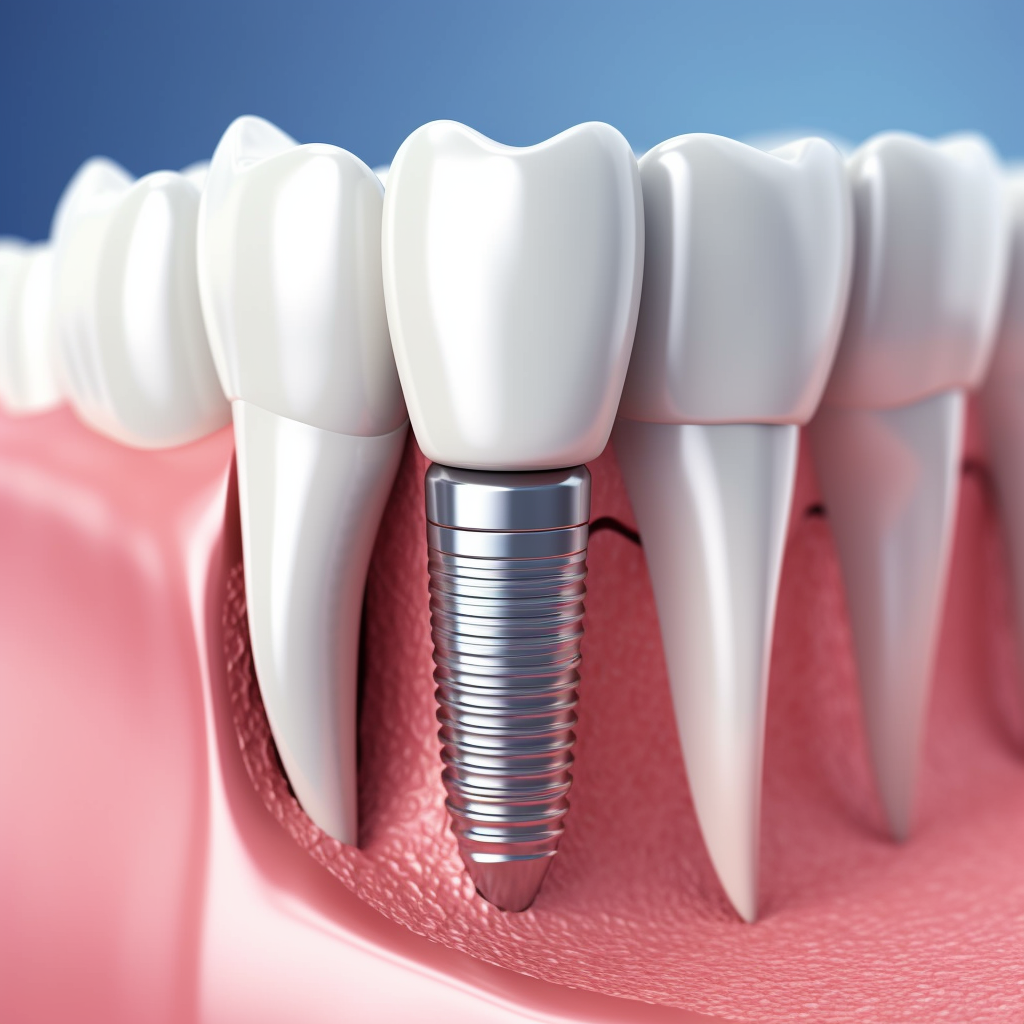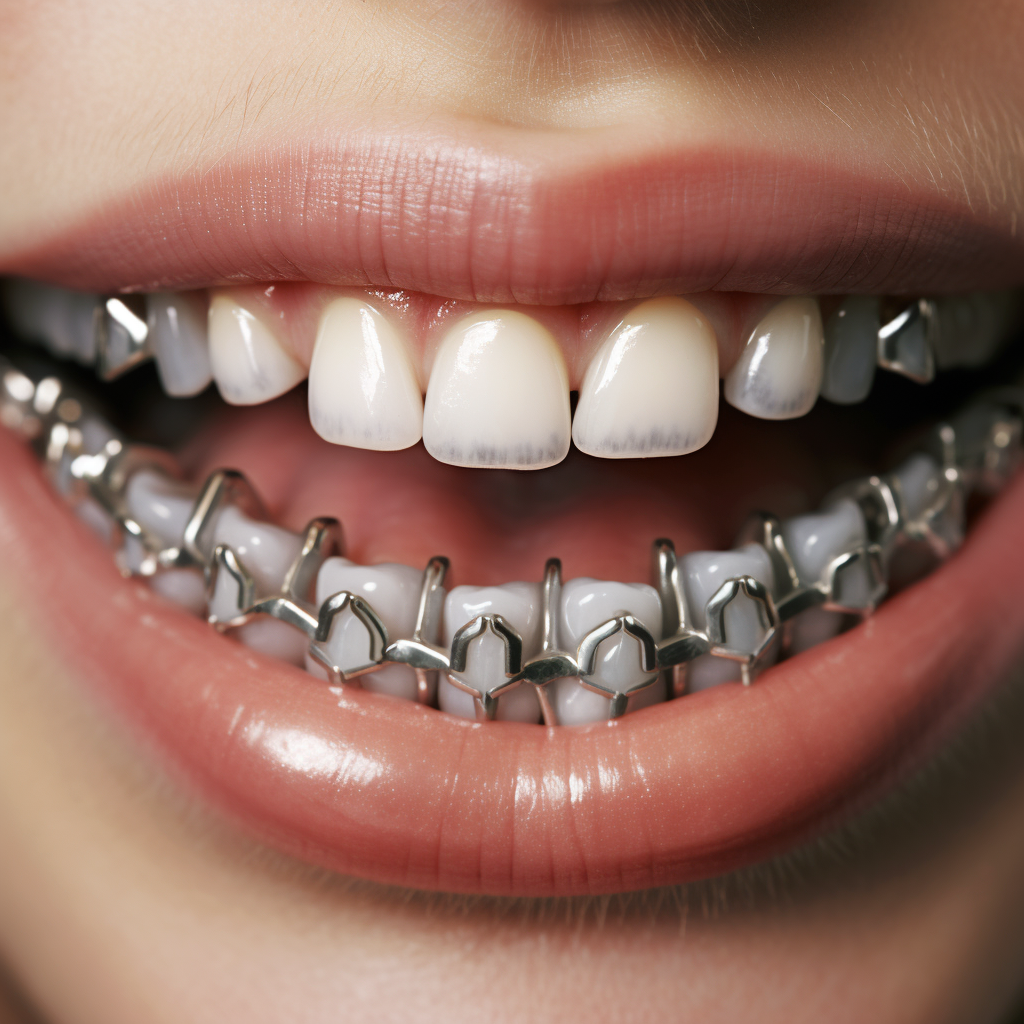Last Updated on January 25, 2024 by Lori Pace
Can You Get Medical Braces for Free?
Braces are complex medical procedures that improve your smile and enhance your oral health. They can be expensive. The American Dental Association estimates that braces cost between $4,685 to $6,500 for children and slightly more for adults.
There are many reasons why costs can vary. There are many braces options, each with its own costs. The original form of orthodontia is the traditional metal brace. They are usually the most affordable.
Lingual braces, which are a more discreet option for treatment, cost more. Price of braces treatment will depend on the provider you choose and the location you live in. Orthodontic care is a medical procedure so it is not “free”. Between the cost of the appliance and the use of specialized technology and the labor of an expert orthodontist, orthodontic care can be expensive.
For certain young patients, state-sponsored insurance can fully cover. You may also be eligible for federal programs such as Medicaid or CHIP. Specific dental scholarship programs also offer orthodontic care to children who meet the requirements. Although not all children or young adults are eligible for fully covered braces, there are ways to significantly lower the cost of orthodontics by using insurance or other programs.
Medicaid/CHIP or State-Sponsored Insurance
You are only eligible for braces expenses coverage if you have income. Children may be free of braces for low-income families eligible for Medicaid, Children’s Health Insurance Plan(CHIP), or any state-sponsored low-income insurance program. The eligibility requirements for each state are different. Some states cover children as young as 21 years old, while others cover only up to 18.
Children must be diagnosed with an orthodontic condition that is medically necessary to qualify. This applies to approximately 5-15% of orthodontic patients. For others, the diagnosis will be considered cosmetic and not covered by these programs.
These are some of the most common orthodontic conditions.
- Cleft palate
- Excessive overjet
- Painful eating or chewing
- Problems with the jaw structure that can cause pain or difficulty opening or closing the mouth
- Severe underbites, overbites, or crossbites
- Implanted teeth
- Congenital hypodontia or hypodontia
This list doesn’t include all children. Consult an orthodontist to determine if your child is eligible. Consultations may be free from your doctor or covered by your insurance.

Early Periodic Screening, Diagnosis, and Treatment (EPSDT) Program
Federal funding provides funding for the EPSDT program which gives financial assistance to children who cannot afford medical treatment. These children can receive help for both dental and medical care through this program. Children who require treatment for any reason, including dental care or other medical issues, will be provided with affordable options.
This program is available to anyone who receives federal or state grants. This means that anyone who applies for this program will receive help for their dental treatment. You will receive orthodontic services free of charge even if you apply for treatment. To cover the cost for braces, patients must have suffered from severe medical complications. The patient will then be eligible for free treatment.
Patients or other interested parties must direct their application to the US Department of Health and Human Services . You can visit your local office to find out more about the program, and learn how to apply and the benefits of the program.
Private Dental Insurance or FSA/HSA Plans
You can use your private or supplemental insurance to pay at least part of the cost for braces treatment for your child if you have dental insurance. This could allow your child braces at a lower cost and with fewer out-of-pocket costs.
Every insurance policy has its own eligibility requirements. Make sure you check the maximum lifetime benefits as well as the coverage for specific treatment options. Finally, make sure you find an Orthodontist that accepts your insurance.
Smiles Change Lives and other Medical Braces Discounts Programs
Many non-profit organizations offer braces treatment for children of low income families. Braces may be covered completely or you can pay $250-$500 depending on the circumstances of your case and your location.
Smiles for a lifetime and Smiles Change Lives both raise funds and receive volunteer support by orthodontists in order to provide braces treatment at no or minimal cost for children who qualify. These organizations are not open to all orthodontic practices. Ask your orthodontist to learn more about these organizations.
Dentalsave or Other Dental Savings Programs
Dental savings plans are not like dental insurance programs. They offer members who pay a monthly fee discounted services. Members must pay annual fee who then get special offers and discounts. This includes braces coverage.
While these programs won’t cover braces for children or adults, they can help to reduce braces costs by around 25%. Ask your dentist if they offer dental savings plans.
Common Eligibility Criteria for Free Dental/Medical Braces
To be eligible for assistance, the applicant must meet their eligibility requirements. These eligibility requirements are the same for all organizations. These requirements are:
- You must be between 7 and 18 years old.
- Good oral hygiene is essential.
- Your family income should not exceed the poverty guidelines.
- The letters of recommendation are available.
- Two non-refundable fees must be paid.
- You must have moderate to severe dental needs in order to be eligible for orthodontia.
- It must be included in your volunteer community service.
- A minimum of C-average or higher GPA is a must.
These are the essential requirements for all three organizations offering free orthodontic services to those in need.
Free Medical Braces for Adults
Adults usually do not have full coverage for braces treatment, but there are exceptions. You may be eligible for Medicaid if you have a suitable medical condition for braces. The orthodontist must determine that braces are medically required. Medicaid covers some orthodontic needs:
- Accidental trauma to the jaw, teeth, and mouth
- TMJ
- Sleep apnea
- Malocclusion severe causing emotional or physical harm
Medicaid orthodontic care may have a lifetime limit. Medicaid eligibility is not the same for all states. If you consider Medicaid for braces, talk to your dentist.
Free Medical Braces When Pregnant
You can have braces while you are pregnant. If you’re planning on having braces while pregnant, there are some things you should consider. Gum inflammation, headaches, and an increase in plaque growth are all common side effects of braces treatment. If you are pregnant or plan to become pregnant, talk to your orthodontist to determine when braces treatment should begin.
You may be eligible for Medicaid or other state-sponsored insurance plans to cover braces as an adult if you are eligible. The NHS in the UK covers braces treatment for pregnant ladies. However, your status as an adult does not affect whether your subsidized insurance will pay for braces.
Schedule a consultation if you have Medicaid coverage or another state-sponsored plan to determine if braces coverage is available for your condition.
Tips to Make Braces Affordable
Flexible Monthly Savings Plans
Instead of paying for your entire orthodontic treatment upfront, look for an orthodontic provider that will let you pay your braces in monthly installments. Many providers offer a monthly plan that allows you to pay smaller amounts. You can save money later by looking for providers that offer $0 down and zero interest.
Family Discounts
Are you looking for braces for multiple children or a spouse? If your family receives multiple treatments, many offices offer savings plans.
Healthcare Credit Cards
CareCredit offers financing for braces and medical care with its healthcare credit card. If you have to pay the entire cost upfront, this is an option. However, it is important to review interest rates and prepare a repayment plan.
Seek treatment in a freestanding orthodontic facility
To become an expert in orthodontia and creating smiles, dentists do not receive the same training as orthodontists. This training can reduce treatment time and cost. A specialized orthodontic facility can only treat patients with orthodontic treatment, and not offer a variety of services. This can help to lower costs. A dedicated orthodontic facility offers lower fees and better care.
Seasonal promotions and office promotions
Ask about seasonal promotions and discounts offered by the office. These could include summer discounts, back-to-school savings, family packages, and many other promotions.
Kind Of Braces Available For Free Or Low Cost
If you think your child needs braces to straighten their teeth, consult your orthodontist first. He can recommend a simple treatment even if you do not require more treatment. He will help you choose the right braces for you.
Many types of braces are for both adults and children. Metal, brackets, and plastic are all options. You can also choose different features to determine the cost of braces. Braces can be made to be invisible and are easy to use. So, you can wear it almost every day. The treatment plan will determine how long braces are worn. Ask your dentist which braces would be best for you and how long they should be worn.
Braces can even be worn for longer periods of time if you have severe problems with your teeth or have difficulty biting. Most patients wear braces for between 18 and 3 months. They then use retainers for several months to two years to straighten the teeth. Retainers can be used to straighten teeth or align them. You won’t have to deal with more problems in the future. Before you get braces, consult your orthodontist to determine if braces are necessary and how long they will be needed.


